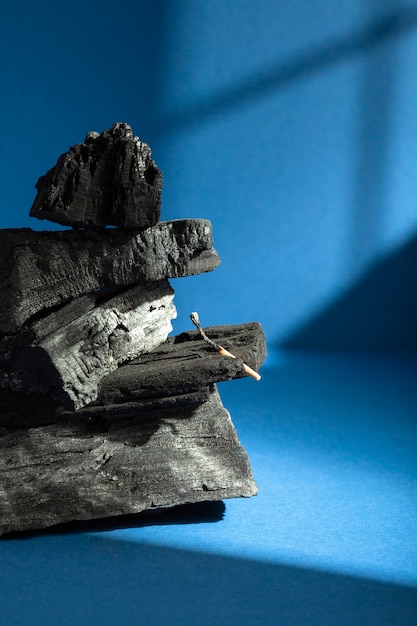Facts about the rock

The rock is estimated to be around 4.6 billion years old.
Rocks can be found on every continent on Earth.
The average rock weighs about 10 ounces.
Rocks are often used in construction due to their durability.
The oldest known rock on Earth is found in Western Greenland and is about 3.8 billion years old.
Rocks can be made up of a variety of minerals, including quartz, feldspar, and mica.
The largest single rock ever discovered is the Uluru monolith in Australia, which measures 348 meters high.
Rocks can form underground as a result of volcanic activity.
Some rocks, such as pumice, are so light that they can float in water.
The motion of tectonic plates can cause rocks to shift and create earthquakes.
Rocks can be used to determine the age of the Earth through radiometric dating.
Rocks are often categorized into three main types: igneous, sedimentary, and metamorphic.
The Great Wall of China is made, in part, from rocks and stones.
Rocks can contain fossils, providing valuable insights into Earth’s history.
The study of rocks and the Earth’s crust is called geology.
Rocks can be used to create tools, such as flint for making fire.
The Grand Canyon in the United States was formed through millions of years of erosion by rocks and water.
The color of a rock can give clues about its mineral composition.
Rocks can be used as building materials for roads, bridges, and dams.
Facts about the rock part 2
Heat and pressure can cause rocks to change form and become metamorphic rocks.
Mount Everest, the tallest mountain in the world, is made up of sedimentary rocks that were once at the bottom of an ancient ocean.
Rocks can erode over time due to wind, rain, and temperature changes.
Some rocks, such as granite, are used for countertops and decorative purposes.
Rocks can be crushed and used as gravel for roads and driveways.
The hardness of a rock is measured using the Mohs scale, which rates minerals from 1 (softest) to 10 (hardest).
Rocks can be found in a wide range of colors, including red, blue, and green.
The White Cliffs of Dover in England are made of chalk, which is a type of sedimentary rock.
Rocks can contain valuable minerals, such as gold, silver, and copper.
The composition of rocks can vary greatly depending on the geographical location.
Rocks can be used for landscaping to create pathways and garden features.
The Great Sphinx in Egypt was carved out of a single piece of limestone rock.
Rocks can be formed from the remains of once-living organisms, such as coral reefs.
Some rocks, such as quartz, can produce a spark when struck together, making them useful for starting fires.
The surface of the Moon is covered in rocks and is often referred to as the lunar regolith.
Rocks can be used as part of artistic sculptures and installations.
Rocks have been used throughout history for religious and spiritual purposes.
Some rocks, such as obsidian, can be extremely sharp and used for weapons.
Rocks can act as natural filters, helping to purify groundwater.
The rock cycle is a continuous process of formation, erosion, and transformation of rocks.
Rocks can be used in the production of cement and concrete.
The Great Barrier Reef in Australia is made up of billions of tiny rocks called coral.
Some rocks, such as marble, are prized for their smoothness and used in sculptures and architecture.
Rocks can be used for heat retention, such as in stone massage therapy.
The study of rocks can provide insights into past climates and environmental changes.
Rocks can be found in a wide range of shapes and sizes, from pebbles to boulders.

